
Recovering the SSD, and the data on it
After sorting through the wreckage, the armour-plated data module was found and taken over to the worktable. A few minutes with a screwdriver and the SSD was freed – apart from some DataCast residue from the gloves and table, it looked pristine. Then all Moore had to do was connect the drive to the controller of a standard SATA USB caddy and connect that to his laptop.The shiny MacBook screen is tricky to read in the Nevada sunlight, but we can confirm that the photos loaded onto the Solo SSD at the start of the demo were there even after the roasting, soaking, dropping and crushing.
Moore stressed that usually the data recovery process wasn’t as ad hoc as the demo we were shown, and that more care would have been taken had we been back in the HQ in Auburn California. He also sees Solo drive as being desirable for more than just paranoid businesses – having a secure form of storage for your irreplaceable photos, videos and documents is just as important as for backups of work documents. Of course, you could back up your precious digital memories online, but with high megapixel images and HD home video, that might be prohibitively expensive.
According to ioSafe, the Solo SSD is designed to protect data from a two-story building collapse, 5000lb crush force, a 20ft drop into rubble and up to 1,000g of shock. It can protect data from fires of up to 1,550°F for up to 30 minutes, and from salt or silty water of a depth of 30ft for up to 30 days.
The new Solo SSD will be available in February 2010 via the ioSafe website and hddfiresale.com among other sources. A 64GB model will cost $499, a 128GB drive is due to cost $749 and a 256GB box will cost $1,250. Hard-disk based ioSafe Solo drives are much cheaper, if slightly less rugged, and with capacities of between 500GB and 2TB. Tough enough for you? Let us know your thoughts in the forums!

MSI MPG Velox 100R Chassis Review
October 14 2021 | 15:04


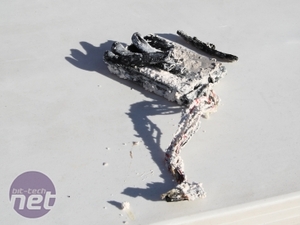
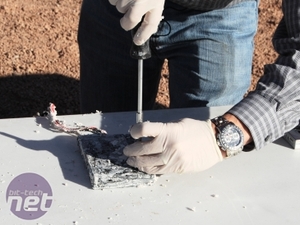
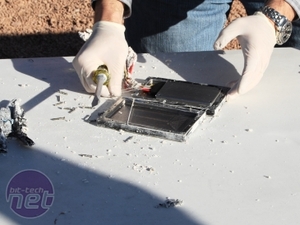
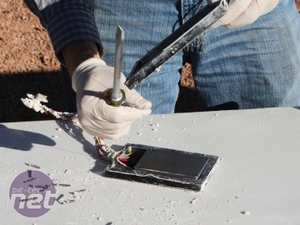
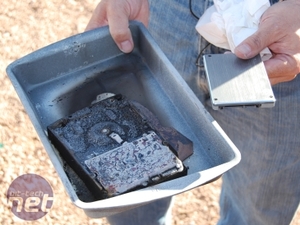
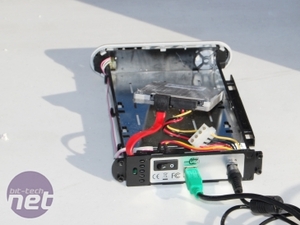








Want to comment? Please log in.